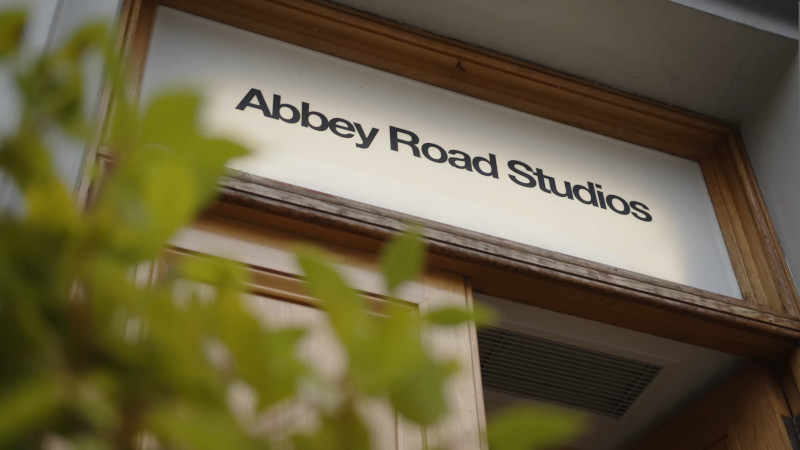The study of audio technology has a lot of fascinating branches, and one or two of them even take the curious engineer not into electronics but into architecture. There’s the anechoic chamber with its complete lack of echo, but at the other end of the scale, there’s the echo chamber.
It’s normal in 2024 when searching for reverb to reach for a software plugin, but following the effect back through silicon, spring lines, and metal plates to the 1950s, we find an echo chamber as a real room with a speaker and a microphone placed in it. [Rick Beato] takes us into the echo chamber, starting with one of the few remaining originals and probably the one whose effect has been heard on the most highly-charting music, at the famous Abbey Road studio in London.
The video below the break is broadly in two parts, with the first concentrating on the Abbey Road chamber and the second showing how an empty room in a house can be used to make your own. It’s aimed at musicians rather than hardware hackers but we think it’s one of those moments of crossover that readers might find interesting. We were particularly curious about the tall ceramic tubes in the Abbey Road chamber, designed to further break up the sound waves for a greater depth of reverb.
The video shows how reverb can be achieved with just a room, but don’t worry if you’re space limited. A plate reverb needn’t break the bank. Or, grab a spring.
















i got a tour last year by the chief engineer, he told me it was actually, originally, a bathroom meant to be used by the musicians during sessions. before the 50’s, certainly when it first opened in the 30’s, it was mostly legit orchestra players in there every day. I’m sure Studio 1 had a similar bathroom originally.
That actually makes more sense. Mirek Stiles, Rick’s host here, said it was an air raid shelter, but it predates WWII. Perhaps it truly was a WC (the tile on the walls hints at that anyway), and was simply pressed into service as a shelter during the war.
OK, stacking some sewer pipes in an air raid shelter and turning it into a reverb effect definitely qualifies as a hack. And a quintessentially British one at that.
Good old EMI.
Finding Rick Beato here is a nice surprise, that guy is a treasure trove of musical knowledge. (He’s also trying to set the musical world straight much like the hackers are fighting for what is right in technology). But seeing HaD people following Rick Beato, that’s some serious renaissance badass s***.
+1. Agreed on all points. He’s got a bit full of himself lately, but he’s a great interpreter for those of us without innate musical skill or much training.
There were quite a few studios back in the day who had similar ideas – I can’t remember if it was STAX or SUN or somewhere else that had a room used as reverb.
There was a good book called “Perfecting Sound Forever” that detailed a few of them I think, as well as diving into the whole technology of recorded sound, the loudness wars, etc., well worth a read for HaD readers I’d suggest.